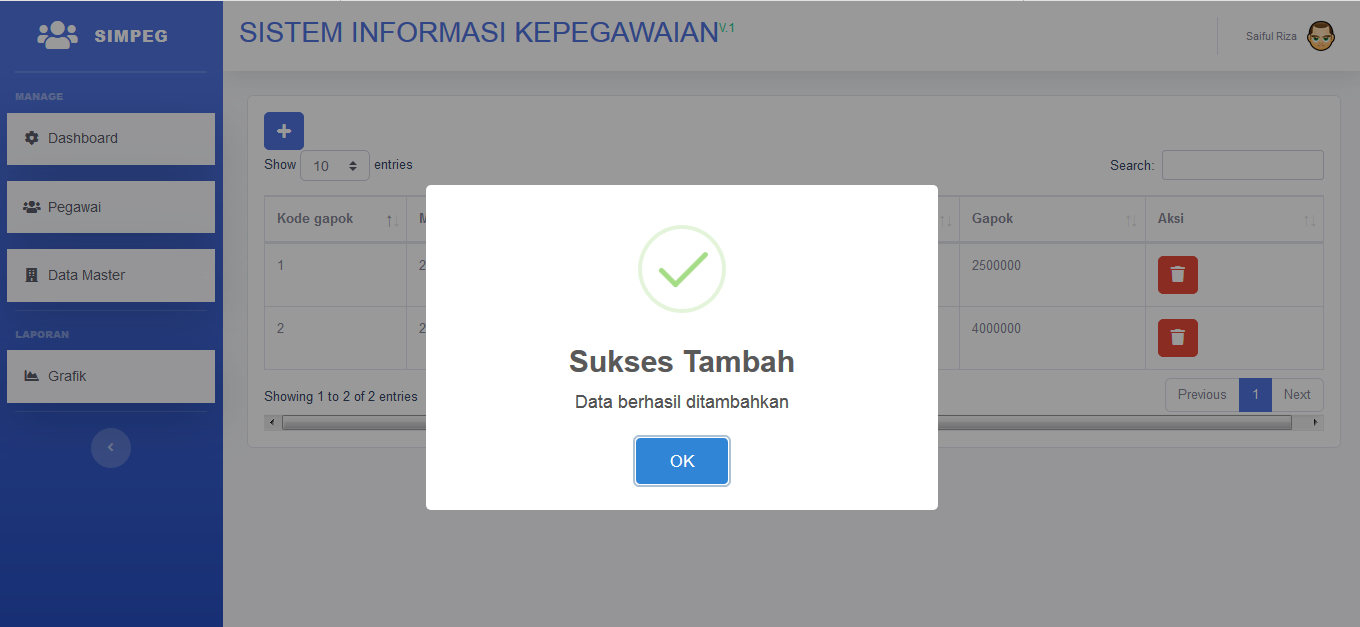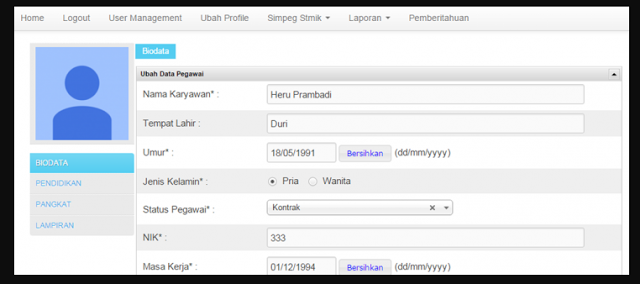

Measurement of data distribution for selection of maize family. Yasin HG - Peneliti pada Balai Penelitian Tanaman Serealia Pengukuran Penyebaran Data untuk Seleksi Famili Jagung.The study also contributes to the augmentation of strategic analytical capabilities and decision support tools in agricultural land use planning and allocation. The model presented highlights the weakness of the methods of land resource assessment, which consider only a single objective, and take no account of a strategy for prioritization of different land use alternatives from a number of feasible choices. Both case studies depict a flexible way of prioritizing land use alternatives using criteria from different aspects (biophysics and socio-economic). The first example is concerned with the determination of optimal proportion of farm land for different crops and the second is focused on the prioritization of land units for a given land use. In this paper, basic principles and theory of AHP were first discussed, followed by presenting two case studies. In the GIS-AHP interactions, the model employs a loose coupling strategy, so that some forms of data exchange mechanisms occur. Two main program packages were employed: IDRISI 32 (a raster-based GIS) and Expert Choice (which uses AHP principles). This paper presents systematic procedures for the utilization of MCDM based on the Analytic Hierarchy Process (AHP), coupled with geographical information systems (GIS).

One of the solutions to such candidate selection is the prioritization of alternatives through the method called multiple criteria decision making (MCDM). These candidates may consist of a number of choice locations for siting a given land use, or land use types on specified geographical units. In essence, such alternatives are choice possibilities that are selected a priori as candidates. One of the crucial stages in agricultural land use allocation is the formulation of land use alternatives which meet multiple competing objectives.


The first treatment was ration aided 25 percent concentrate and ration aided 50 percent concentrate, and second treatment was male and female of chiecks. Application of experiment design in RCD, RCBD and Factorial Analyzed was two treatments and four replicates to chieck’s body weight, crop, gizzard, prov, duod, jejun, ileum and sec as parameters. The designs are usually used to analysis the data of experiment on Livestock, Fishery, Food Crops, Medical Health, Psychology and industrial manufacturing. It is effective and efficient to run those analysis designs using computer statistical program as MSUSTAT, SPSS, and SAS. Randomize Complete Design (RCD), Randomize Complete Block Design (RCBD) and Randomize Complete Factorial Design (RCFD) are instruments of statistical analysis. Yusnandar - Staf Balai Penelitian Ternak, Ciawi. Aplikasi Rancangan Acak Lengkap/Kelompok dan Analisis Faktorial dengan Paket Program Statistik untuk Analisis Data Hasil Penelitian.Warta Informatika Pertanian : Volume 11, Desember 2002 Daftar Isian Pelaksanaan Anggaran (DIPA).


 0 kommentar(er)
0 kommentar(er)
